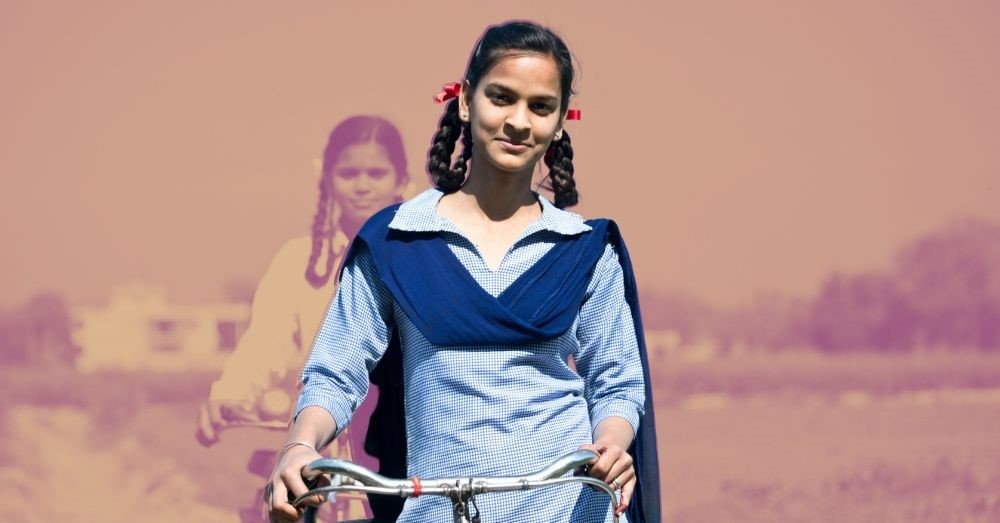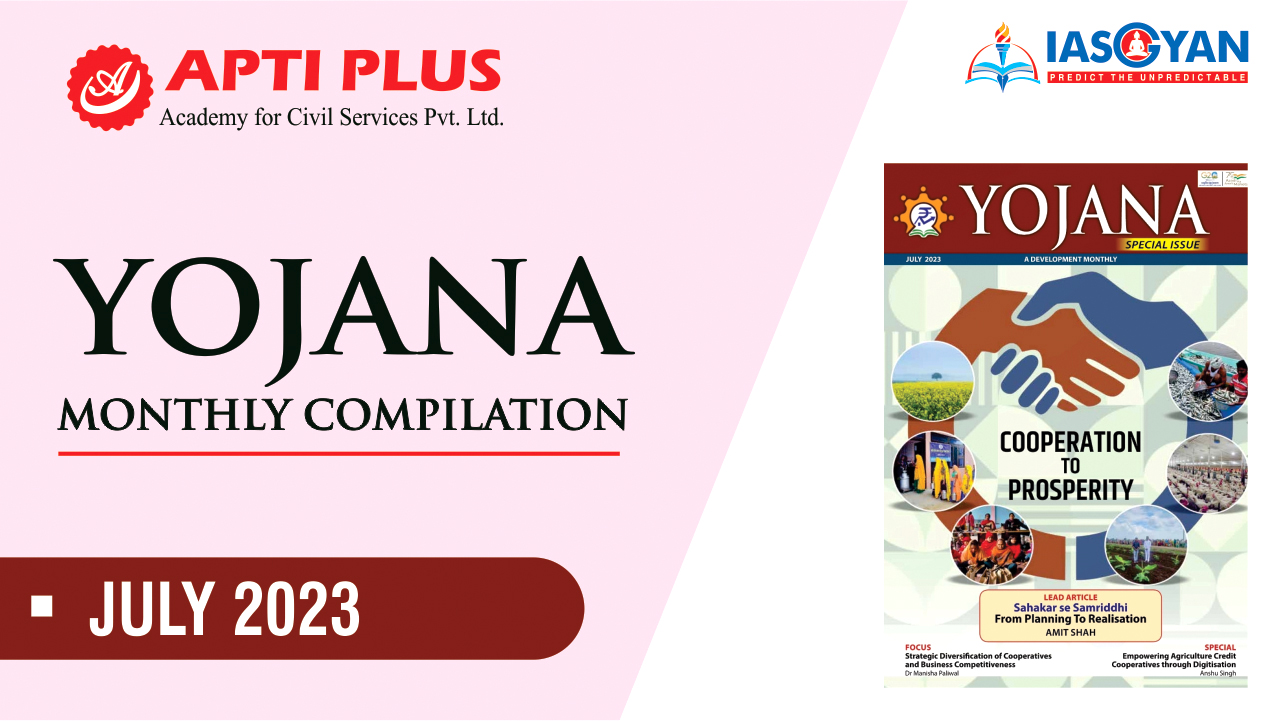
Disclaimer: Copyright infringement not intended.
Context
- National Education Policy, 2020 provides for setting up a Gender Inclusion Fund (GIF).
READ ALL ABOUT NEP, 2020:
https://www.iasgyan.in/blogs/national-education-policy-2020-14
https://www.iasgyan.in/daily-current-affairs/national-education-policy-nep-2020
Gender Inclusion Fund (GIF)
About
- National Education Policy, 2020 provides for setting up a Gender Inclusion Fund (GIF) especially for girls and transgender students.
Aim
- To build the nation’s capacity to provide equitable quality education for all girls as well as transgender students.
Usage
- The fund will be utilised to ensure that all kids receive a high-quality education.
- It will also be used to guarantee that amenities such as secure and sanitary vending machines are included on GIF’s infrastructure checklist.
- NEP has proposed hostel facilities for female students in addition to toilets. This might be beneficial in locations where students would travel a considerable distance to school.
Steps for Equitable and Quality Education for Girl Children
Samagra Shiksha
- The objectives of NEP for equitable and quality education for girl children are being met through specific provisions under Samagra Shiksha 2.0 by allocating dedicated resources for Socio-Economically Disadvantaged Groups (SEDGs).
- Under Samagra Shiksha, various interventions have been targeted for providing quality education to girls, which include:
- The opening of schools in the neighborhood to make access easier for girls,
- Free uniform and text-books to girls up to class viii,
- Additional teachers and residential quarters for teachers in remote/hilly areas,
- Appointment of additional teachers including women teachers,
- Stipend to children with special needs (cwsn) girls from class i to class xii,
- Separate toilets for girls,
- Teachers' sensitization programmes to promote girls participation,
- Gender-sensitive teaching-learning materials including text books etc.
Kasturba Gandhi Balika Vidyalayas (KGBVs)
- In addition, to reduce gender gaps at all levels of school education, Kasturba Gandhi Balika Vidyalayas (KGBVs), which are residential schools from class VI to XII for girls belonging to disadvantaged groups such as SC, ST, OBC, Minority and Below Poverty Line (BPL), are sanctioned in Educationally Backward Blocks.
- A total of 5639 KGBVs have been sanctioned in the country with the enrolment of 6.88 lakh girls.
- The task of up-gradation of the KGBVs was started in the year 2018-19 and till the year 2022-23, a total of 357 KGBVs have been approved for up-gradation to Type-II (class 6-10) and 2010 KGBVs have been approved for up-gradation to Type-III (class 6-12).
.jpg)
How NEP promotes gender-inclusive holistic education?
- Girls’ education has always been a significant challenge to overcome in India.
- We have witnessed how prejudice and inequality against girls translate to uneven possibilities.
- India has big potential to socially and economically improve through the education of girls and in recent years a positive transformation has been seen.
- According to government data, the dropout rate among female students in school has decreased dramatically over the last four years, with the major decrease occurring at the secondary level among those aged 11 to 14 years.
- The dropout rate for girls in secondary school (Class 9-10) has decreased by approximately 5%, falling from 18.4 percent in 2017-18 to 13.7 percent in 2020-21. NEP 2020 is turning out to be one of the tools to further improve the situation.
Equitable and Inclusive Education
- The educational system will undergo an inclusive and fundamental overhaul, according to the National Education Policy 2020. Its main theme, “Equitable and Inclusive Education,” echoes the notion that no kid should be denied access to a quality education because of their socio-cultural background.
- It has taken into consideration the issues raised by the Socio-Economically Disadvantaged Groups (SEDGs), which include women, transgender people, members of scheduled castes and tribes, and Other Backward Classes (OBCs), minorities, and other groups.
Gender Inclusion Fund
Explained above.
- According to the All-India Survey on Higher Education (AISHE) 2019-20, the gross enrolment ratio of female students is 27.3 percent, which is higher than the 26.9 percent of male students.
- This represents an 18% rise in the gross enrolment ratio of female students in higher education from 2015-16 to 2019-20.
- As per the Unified District Information System for Education (UDISE+) 2019-20, a total of 61214 transgender children are enrolled in schools, of which 5813 and 4798 transgender children are enrolled in Class 10 and Class 12 respectively.
Transgender children as Socio-Economically Disadvantaged Groups
- The National Education Policy (NEP) 2020 classifies transgender children as Socio-Economically Disadvantaged Groups (SEDGs) and ensures equal quality education for all such students, among other things.
- This includes provisions to help transgender children gain access to education, as well as support for community-based interventions that address local context-specific barriers to transgender children’s access to and participation in education, with the goal of eliminating any remaining disparities in access to education (including vocational education) for children of any gender or other SEDGs.
Adolescence Education Programme
- India has 253 million adolescents, aged 10 to 19, who account for 21 percent of the country’s population (Census, 2011).
- Not only does this cohort represent India’s economic future, but its experiences, attitudes, and behaviors will mainly determine whether India is able to attain the goal of an equitable civil society envisioned in its constitution.
- In line with this, as part of the National Population Education Project, the National Council of Educational Research and Training (NCERT) is conducting the Adolescence Education Programme (AEP).
- One of the learning aims of AEP is to make learners aware of adolescent problems, such as the process of growing up during adolescence and HIV/AIDS, and to instill in them a constructive attitude toward these concerns.
- These programs show what can be accomplished with more funding for capacity building and the attitude development of teachers and education professionals, as well as how gender and inclusive education may be approached holistically.
|
PRACTICE QUESTION
Q. Girls’ education has always been a significant challenge to overcome in India. How does the National Education policy 2020 promote gender-inclusive holistic education? Explain.
|

https://pib.gov.in/PressReleaseIframePage.aspx?PRID=1944287




